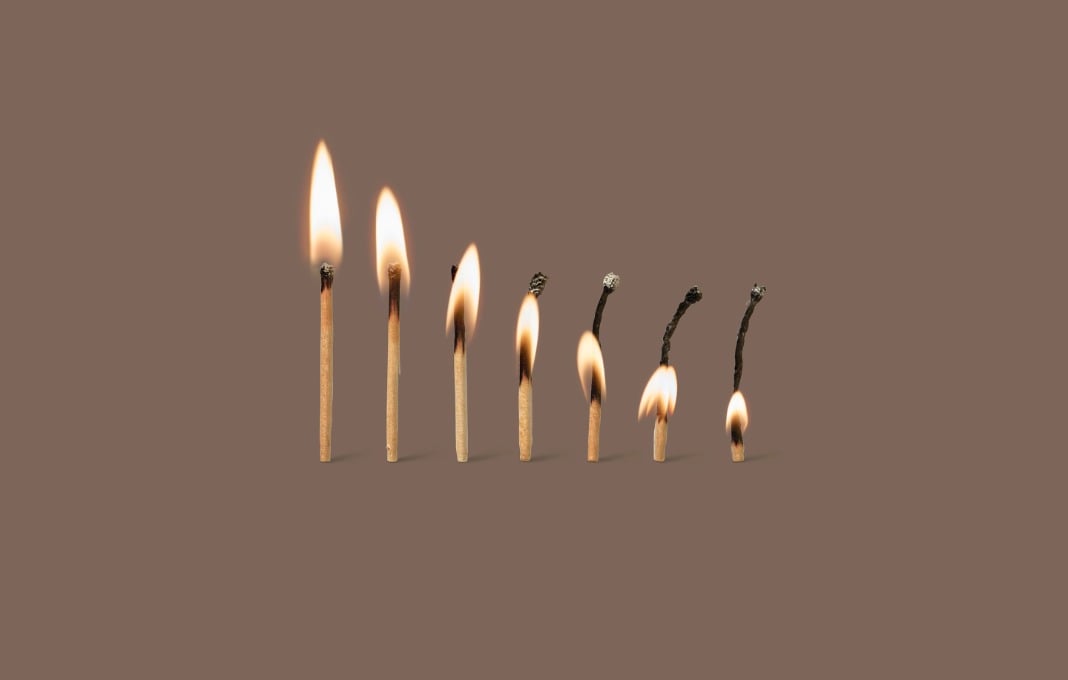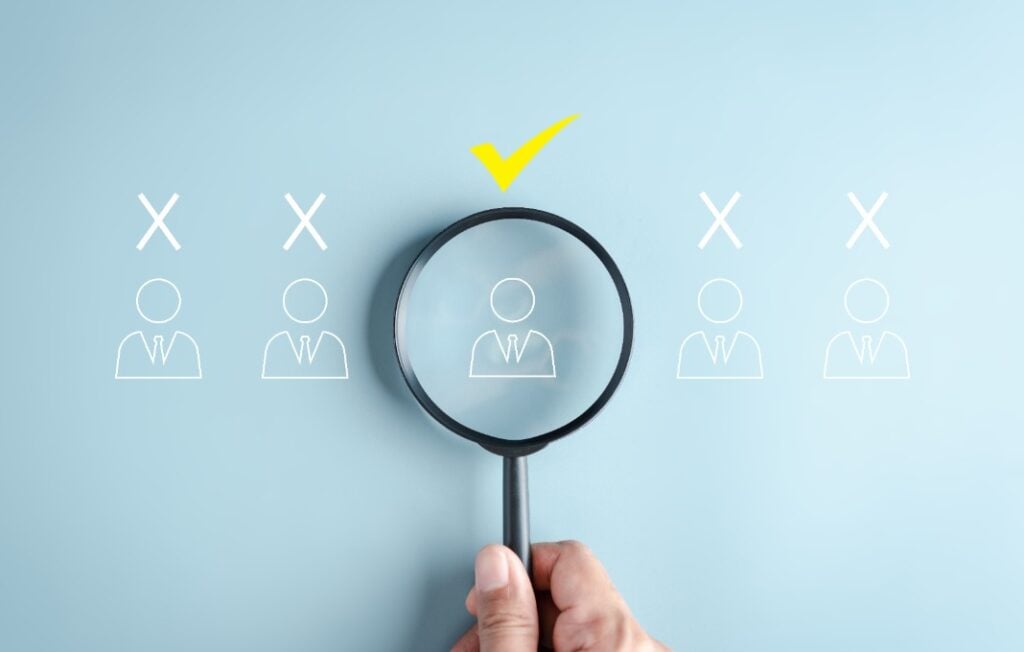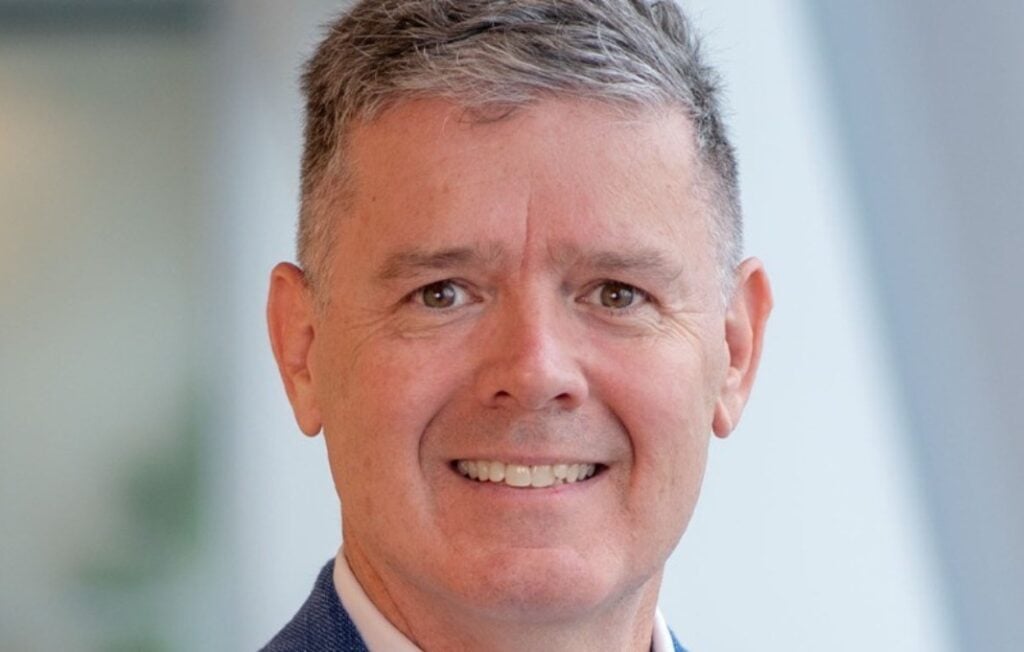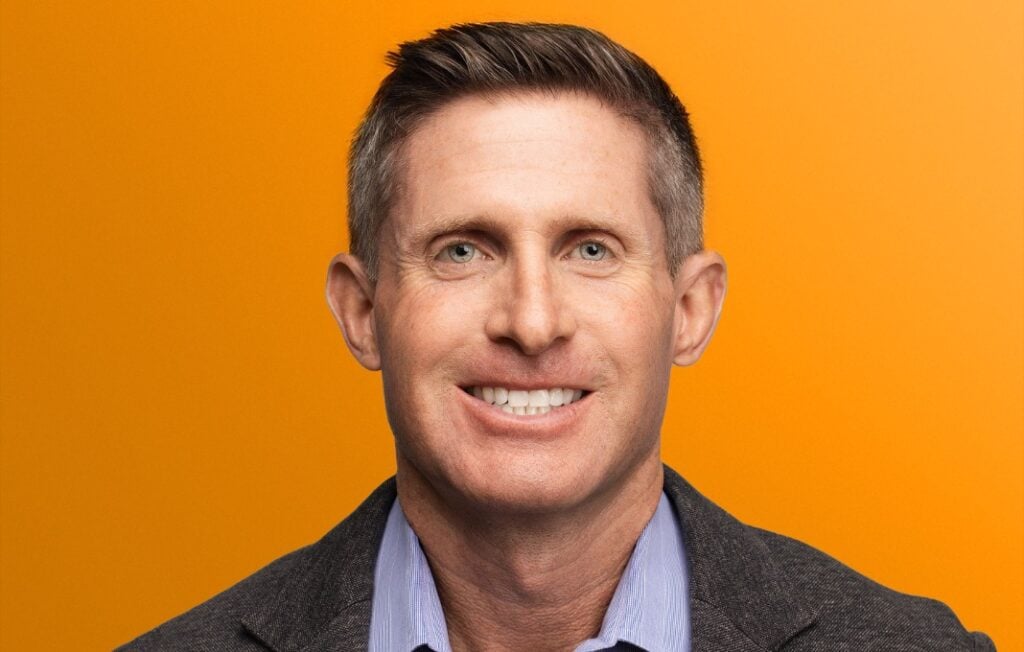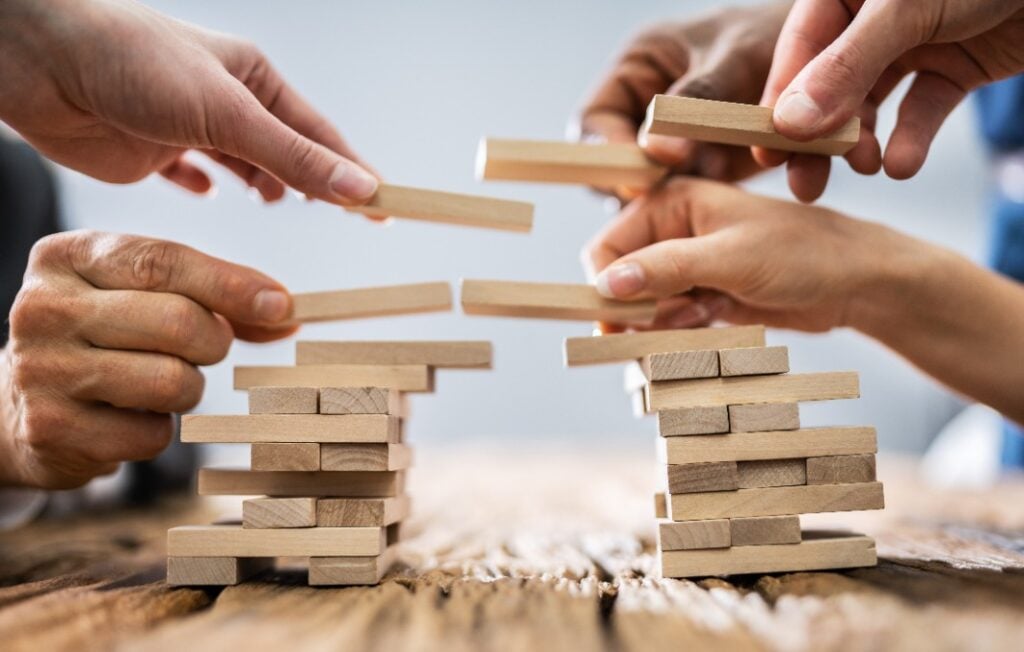Google “employee resilience” and you’ll uncover a booming cottage industry devoted to teaching people how to outlast burnout. But the whole premise looks at the problem backwards.
The issue isn’t that workers lack resilience. It’s that we keep building environments that demand it.
So instead of asking, What stress management tools do we need?—we should be asking, Why are we creating workplaces that require resilience in the first place?
The Silent Strain of Engagement
For years, we’ve been sold on the idea that “engagement” is the magic bullet for performance. But research is starting to challenge that assumption. A Yale study revealed that 95 percent of employees felt engaged—but 54 percent of them were also burned out.
These are the “engaged-exhausted:” deeply committed, highly productive, but silently drowning under the pressure. And they’re more likely to quit than their disengaged counterparts.
This flips the burnout narrative on its head. It’s not just the cynical, detached worker who’s at risk. It’s your top performer—the one who always shows up with a smile, the one you count on, the one silently burning out.
(A quick note on silent quitters: It’s often the most outwardly engaged who begin to emotionally withdraw, slowly disconnecting in response to overwhelming demands.)
Burnout Is a Risk, Not a Badge
When pressure builds, leaders often turn to talent solutions: hire smarter, retain longer, train faster. But the real advantage comes not just from the people but the systems that support them. Burnout isn’t just a wellness issue anymore. It’s a business risk. And it needs to be addressed accordingly.
To build a workforce that wins, we must address the systemic factors draining performance: invisible overload, unclear expectations and unspoken norms that glorify overwork.
After over two decades of experience—including a year as the sole clinical psychologist supporting 4,000 troops in Afghanistan—I’ve seen firsthand how pressure erodes resilience. More importantly, I’ve seen what happens when the system fails to support those under pressure. That breakdown led to my own burnout.
Today, businesses face similar systemic failures: rising workloads, shrinking recovery time and support structures that fall short. Burnout is less about individual fragility and more about design.
Resilience Isn’t a Mindset. It’s a Design
The most powerful predictor of burnout isn’t personality, it’s imbalance. The Job Demands-Resources (JD-R) Model shows that burnout emerges when job demands exceed available resources.
Job Demands: Work-related pressures—emotional, cognitive and physical (e.g., workload, time pressure).
Job Resources: The tools that help manage these demands (e.g., autonomy, feedback, purpose).
Think of burnout as a seesaw. When demands rise without matching resources, burnout follows. But when the balance is right, the results are undeniable: greater satisfaction, stronger performance, better health and lower attrition.
Resilience doesn’t come from grit alone. It’s built and sustained by the way work is designed.
Shift the System, Not Just the Mindset
Designing a resilient workforce isn’t about micromanaging every demand or throwing perks at the problem. It’s about moving cultural levers—the fulcrum in our seesaw analogy—to shift the balance of power between work demands and resources. Here are four high-impact, evidence-based levers used by companies, which I explore in more detail in my new book:
- Performance Management: Tie Pay to Sentiment (Genpact)
Genpact ties 10 percent of executive bonuses to employee mood scores, gathered through AI-driven feedback. Leaders are held accountable not just for outcomes, but for team well-being. - Job Crafting: Mandatory Disconnection (FullContact)
FullContact offers $7,500 annually for a truly unplugged vacation which means things like no Slack, no emails and no calls while out of office. Disconnection isn’t a perk; it’s a policy. Employees design work around life, not the other way around. - Strategic Communications: Radical Transparency (Buffer)
Buffer publishes all employee salaries, including the CEO’s, at the top of the list. A public salary calculator shows exactly how pay is determined by role and location. This level of transparency builds trust, reduces stress and removes guesswork. - Workplace Analytics: Redesign Aftershock (Microsoft)
During the 2020 remote work shift, Microsoft used analytics and sentiment surveys to track collaboration. They redesigned meetings, workflows and expectations not just to adapt, but to prevent burnout.
Redesign, Don’t Repair
It’s time we stop treating burnout like a glitch in individual performance and start seeing it as a signal of deeper design flaws. The path to a winning workforce doesn’t run through more effort or better coping strategies. It runs through systems built with resilience in mind from the ground up.
This isn’t about fixing people. It’s about fixing the environments they work in.
When we move past burnout and design roles, expectations and cultures that replenish rather than deplete, we don’t just protect our teams; we position them to win.

